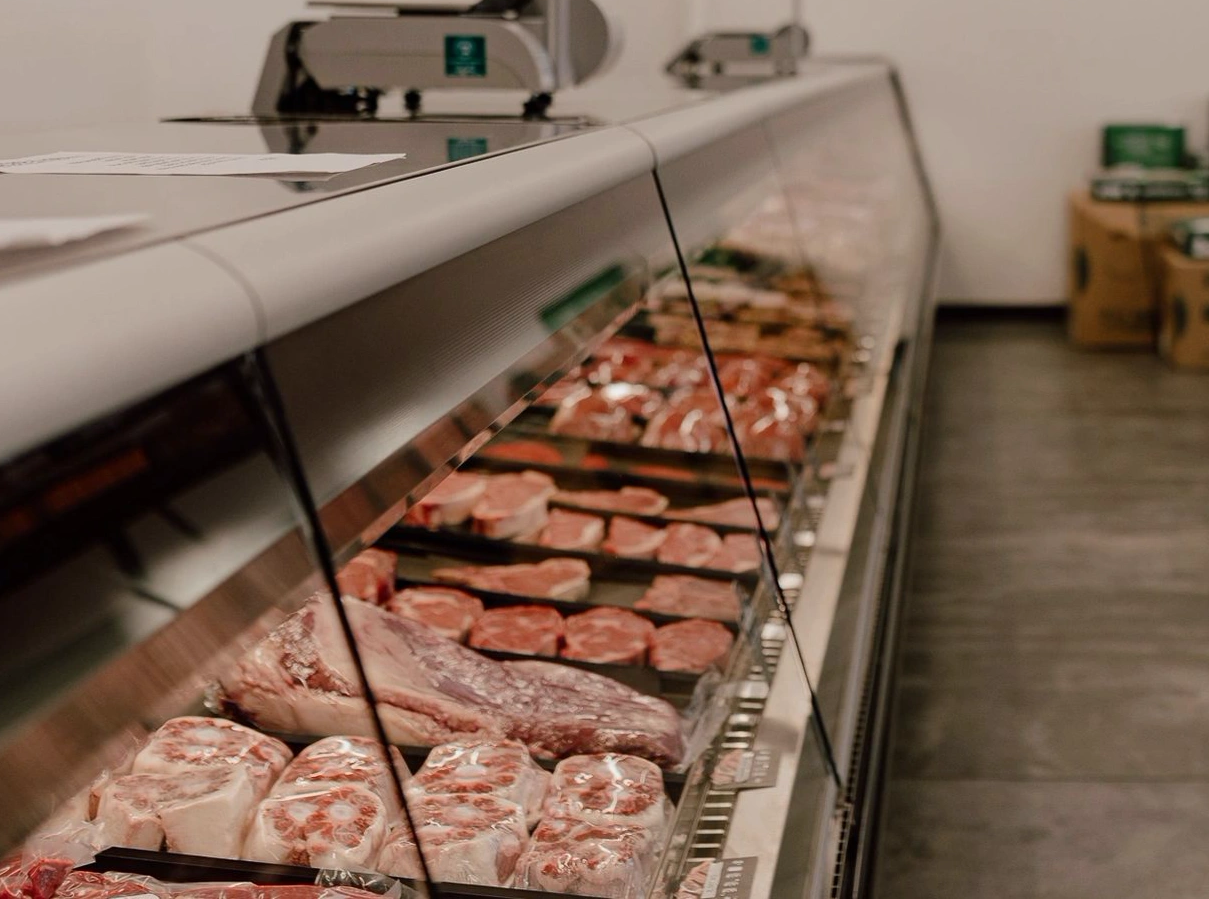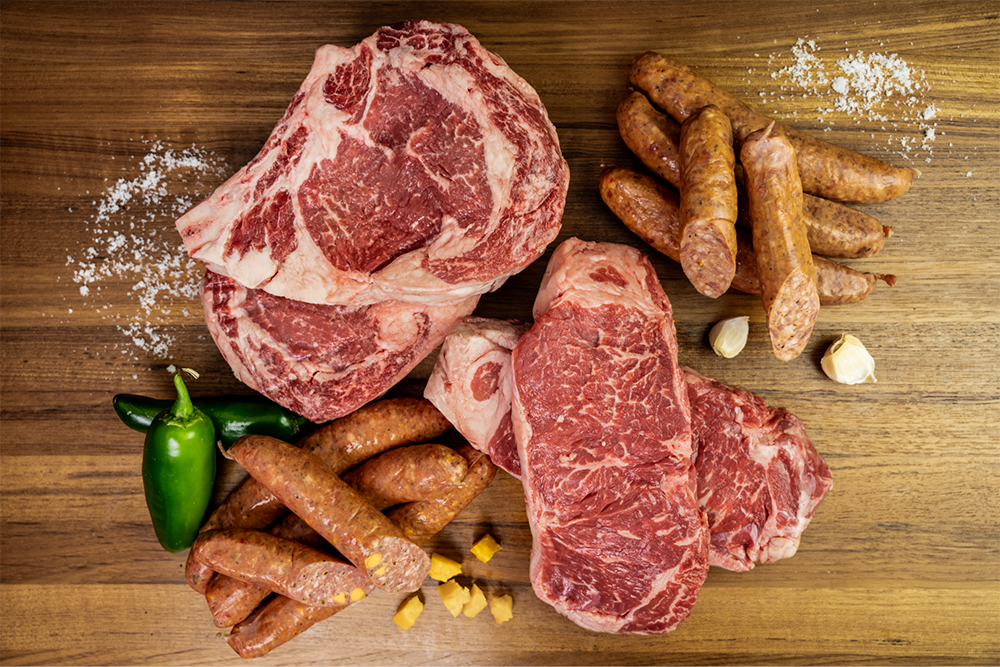Bagley Farms Meat Market Edwardsville IL: Your Best Destination for Regional Meat Option
Uncover the Art of the Butcher's Cut in a Modern Meat Market
In the ever-evolving landscape of contemporary meat markets, the butcher's cut has transcended its typical roots, merging old-time workmanship with modern methods. Today's butchers are not simply processors of meat; they are knowledgeable craftsmens that emphasize sustainability and moral sourcing. Their competence in choose and preparing cuts tailored to specific cooking requirements uses an exceptional eating experience. Yet, what truly sets the modern-day butcher apart is their ability to forge a much deeper link between customers and the beginnings of their meat. How do these masters balance practice with advancement, and what implications does this have for the future of meat intake?
Advancement of Butchery Techniques
The development of butchery techniques shows a rich tapestry of advancement and adaptation driven by developments in technology, changes in customer need, and a much deeper understanding of meat scientific research. Historically, butchery was a craft passed down through generations, with approaches sharpened over centuries to make the most of yield and taste. The industrial transformation ushered in automation, transforming traditional techniques and making it possible for large-scale handling.
The mid-20th century saw butchery methods further fine-tuned by scientific insights right into muscle biology and meat aging, improving both tenderness and taste. Developments like vacuum cleaner product packaging and refrigeration expanded product shelf-life, enabling butchers to expand offerings and boost quality assurance. This duration also marked the increase of customized equipment, such as band saws and meat slicers, which enhanced accuracy and performance in meat handling.

The 21st century has actually introduced electronic modern technology into the butchery realm. Electronic systems now assist in monitoring animal provenance and maximizing cuts to meet specific consumer preferences. In addition, a revival in artisanal butchery has arised, mixing traditional skills with contemporary knowledge to deal with customers looking for moral and sustainable meat alternatives. This evolution highlights a dynamic interaction in between custom and development, meeting modern demands while preserving the craft's heritage.
Comprehending Meat Cuts
Recognizing the intricacies of meat cuts is crucial for both butchers and consumers seeking quality and value. For butchers, exact cuts mirror ability and respect for the craft, making certain very little waste and optimal yield.

Comprehending muscular tissue make-up is important; muscle mass used a lot more frequently by the animal have a tendency to be harder and are best suited for sluggish food preparation approaches, while less-used muscle mass, like those located in the loin, are much more tender and ideal for barbecuing or roasting. Familiarity with these distinctions empowers customers to make informed options, boosting their culinary undertakings.
Selecting Top Quality Meat
Picking the right meat entails even more than simply choosing a visually attractive item from the screen. The art of selecting quality meat needs a critical eye and understanding of certain features that indicate freshness and excellence.
Secondly, click over here think about the marbling, which refers to the white flecks of fat within the muscular tissue. Appropriate marbling is a vital indication of tenderness and taste, as it melts during food preparation, improving the meat's juiciness. Bear in mind, greater marbling commonly associates with exceptional high quality cuts, such as USDA Prime.
Appearance is one more important aspect; meat ought to feel solid to the touch, not slimed or overly soft. Additionally, bear in mind the fragrance. Fresh meat should have a clean, neutral smell, without any kind of sour or off-putting odors.
Matching Cuts With Food Preparation Methods

On the other hand, tougher cuts you could check here like brisket and chuck roast are abundant in collagen, which breaks down right into jelly when prepared slowly. These cuts are suitable for braising or slow-moving roasting, enabling the meat to soften gradually and establish deep, complex tastes. Likewise, cuts such as short ribs and pork shoulder make out well with slow-cooking methods, where prolonged cooking times transform their robust appearances into delicious meals.
Lamb shanks and oxtail, which require prolonged food preparation to soften, are excellent prospects for cooking or sluggish simmering. These methods coax out rich, passionate tastes while maintaining moisture. By recognizing the one-of-a-kind characteristics of each cut, cooks and home chefs alike can boost their cooking productions, making sure each recipe is both satisfying and memorable.
The Butcher's Role Today
Browsing the evolving landscape of the modern-day meat market, the butcher's function today prolongs past simple preparation of cuts. Contemporary butchers are culinary artisans, teachers, and advocates for sustainable practices.
In enhancement to crafting precise cuts, butchers now involve straight with customers, providing cooking guidance and tailoring options to fit specific requirements and preferences. Their proficiency in meat aging, marbling, and taste profiles empowers customers to make enlightened decisions, boosting their cooking experiences. This customized service exhibits the butcher's progressing duty as a relied on expert in the cooking area.
Moreover, butchers are crucial in minimizing waste, using whole animals to produce diverse items such as click for info sausages and supplies. This extensive method not just respects the animal yet also aligns with contemporary sustainability objectives. In this method, the modern-day butcher personifies both tradition and development, adjusting to an ever-changing market while preserving the creativity and honesty of their craft.
Verdict
Mastery in recognizing varied meat cuts and quality signs encourages butchers to offer educated recommendations, lining up details cuts with optimum food preparation techniques. By honoring historical practices while welcoming contemporary needs, the butcher's role continues to be important in today's innovative meat market.